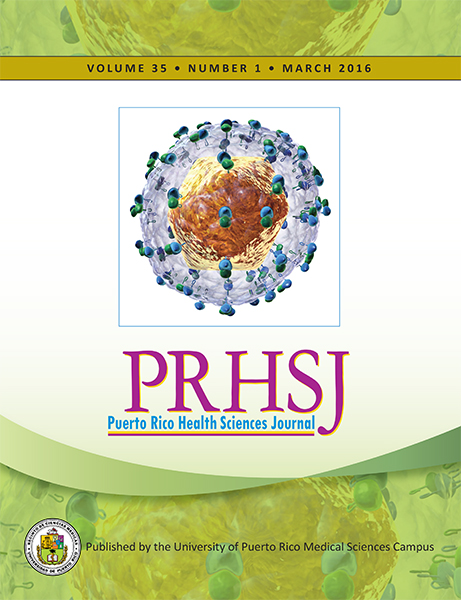Abstract
Objective: The objective of this study was to determine the diagnostic yield of pulmonary CT angiography (PCTA) in the evaluation of pulmonary embolisms treated at the Puerto Rico Medical Center from 2008 to 2012. Methods: A total of 1,004 CT angiograms were reviewed in the evaluation of pulmonary embolisms. Patient records covering from 2008 to 2012 were obtained from the picture archiving and communication system (PACS) of the Puerto Rico Medical Center. Follow-up studies and those of pediatric patients were excluded from the study. The results were recorded as either positive or negative for pulmonary embolism, according to the final report rendered by board-certified radiologists. Results: Of the 1,004 patient records reviewed, 964 were included in the study. Forty-six out of the total studies reviewed were positive, while a total of 918 studies were negative. A mean diagnostic yield of 4.8% (SD = 0.63) was obtained. Conclusion: At the Puerto Rico Medical Center, the mean diagnostic yield in the evaluation of pulmonary embolism using PCTA was 4.8%, which is in concordance with those of several previous studies, all of which had similar low yields. New diagnostic algorithms for efficiently employing PCTA for the evaluation of pulmonary embolisms are discussed herein.
Authors who publish with this journal agree to the following terms:
a. Authors retain copyright and grant the journal right of first publication with the work simultaneously licensed under a Creative Commons Attribution License that allows others to share the work with an acknowledgement of the work's authorship and initial publication in this journal.
b. Authors are able to enter into separate, additional contractual arrangements for the non-exclusive distribution of the journal's published version of the work (e.g., post it to an institutional repository or publish it in a book), with an acknowledgement of its initial publication in this journal.
c. Authors are permitted and encouraged to post their work online (e.g., in institutional repositories or on their website) prior to and during the submission process, as it can lead to productive exchanges, as well as earlier and greater citation of published work (See The Effect of Open Access).
